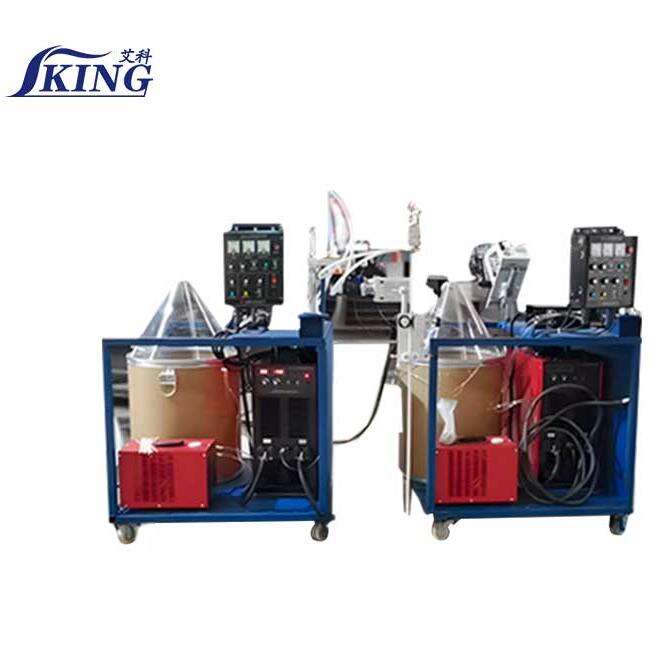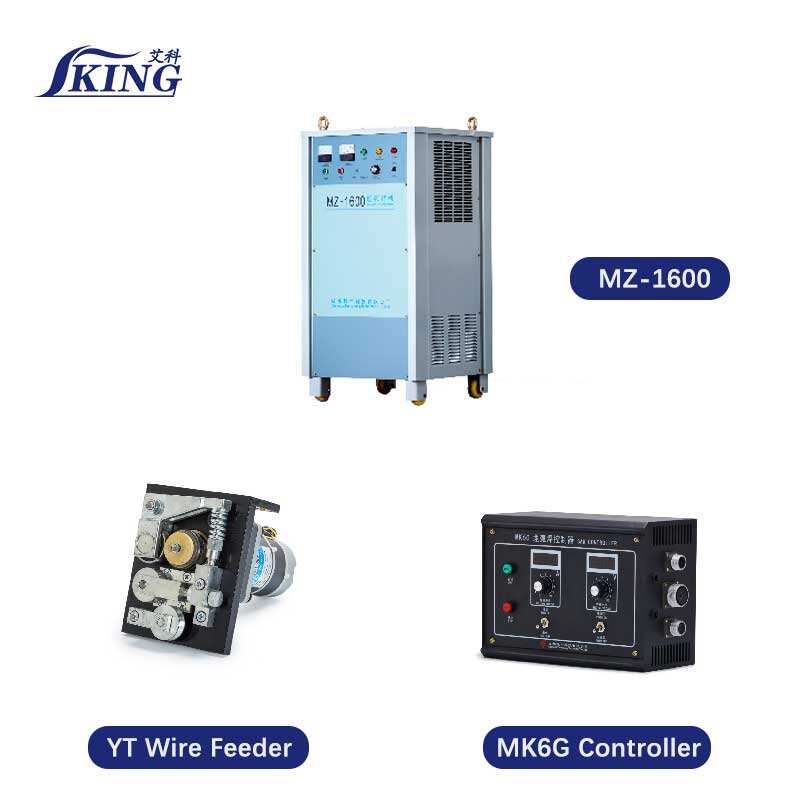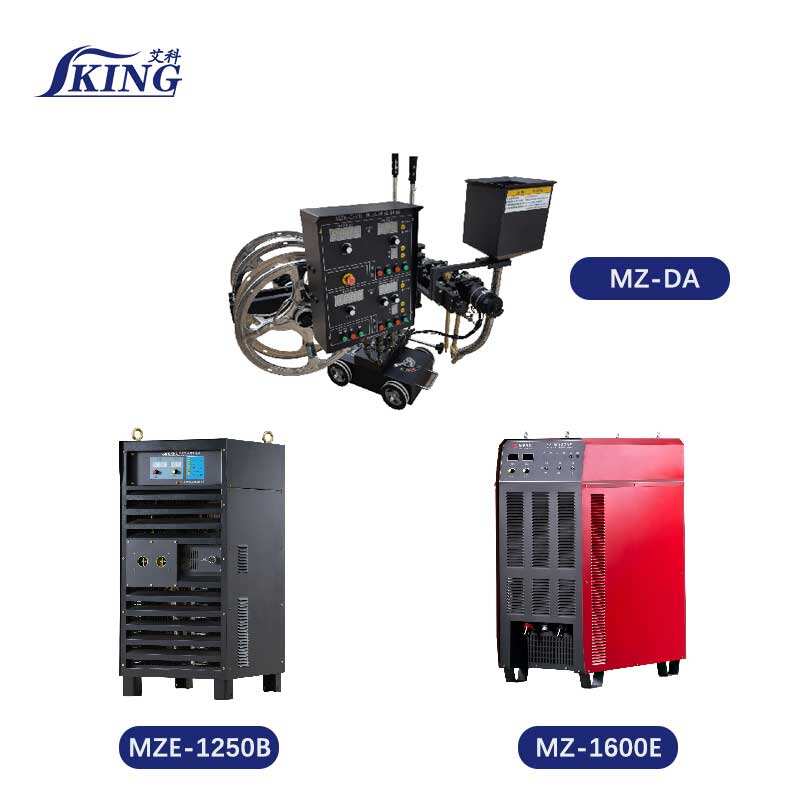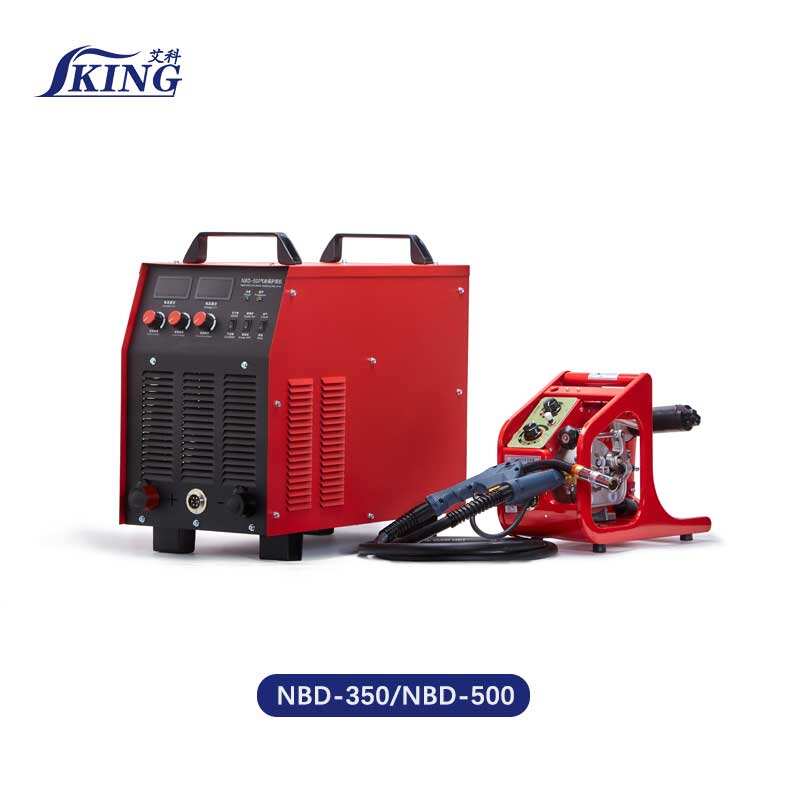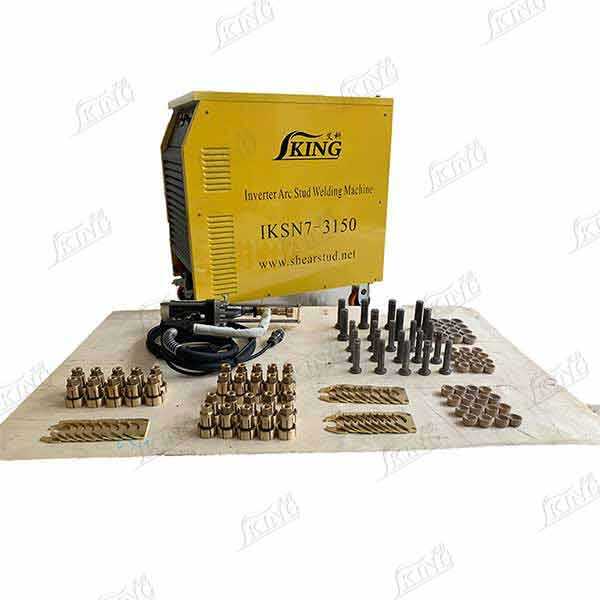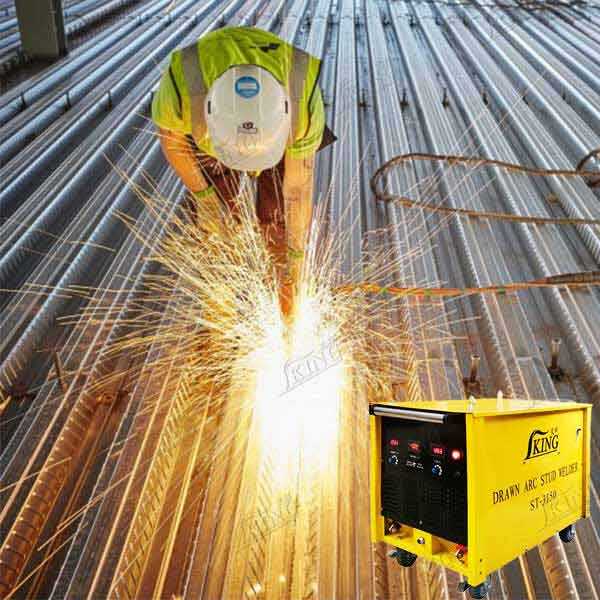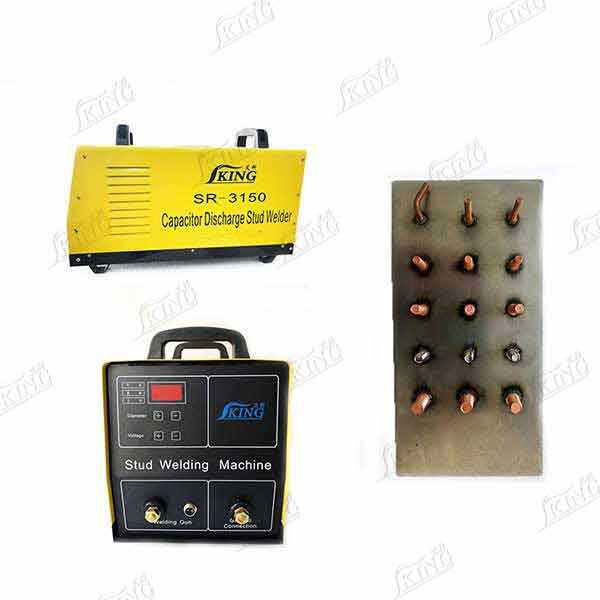capacitor discharge welder
A capacitor discharge welder represents a cutting-edge advancement in welding technology, utilizing stored electrical energy to create precise and controlled welds. This innovative system works by storing electrical charge in high-capacity capacitors and releasing it rapidly through electrodes to generate the welding current. The process creates a concentrated burst of energy that produces consistent, high-quality welds in milliseconds. The system's primary components include capacitor banks, control circuits, electrodes, and a power supply unit. What sets this technology apart is its ability to deliver extremely short, high-intensity current pulses that minimize heat affected zones and prevent material distortion. The welder excels in applications requiring precise control over heat input, making it ideal for joining thin materials, delicate components, and heat-sensitive assemblies. Common applications include battery tab welding, medical device manufacturing, jewelry production, and electronics assembly. The technology offers remarkable repeatability and consistency in weld quality, crucial for industries with strict quality control requirements. With its computerized control systems, operators can fine-tune parameters such as voltage, capacitance, and pulse duration to achieve optimal results for specific materials and configurations.

